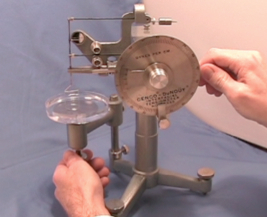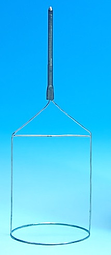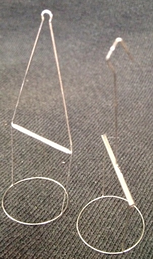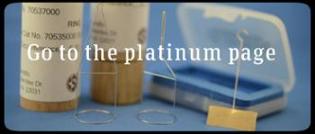Have you ever wondered about how surface tension is measured? Without getting into the details relating to things like, "What's a dyne per centimeter?", "Du Nouy Ring vs. Wilhelmy Plate", "the effects and force of gravity", "viscosity of liquid", or "temperature", we decided to put together this short video tutorial to help explain the main components of a popular manual tensiometer (70545000) and how the instrument works. We think seeing how a basic manual tensiometer measures surface tension is helpful in gaining a better understanding of the big picture.
CSC Tensiometer Model 70545 Interfacial from Scientificgear on Vimeo.
SOME QUICK FACTS ABOUT SURFACE TENSION AND HOW TENSIOMETERS HELP
APPLICATIONS OF SURFACE AND INTERFACIAL TENSIONS: Surface and Interfacial tension measurements are extremely important in the control and improvement of:
- absorption

- emulsification
- osmotic pressure
- cataphoresis
- evaporation
- solubility
- condenstion
- miscibility
Industries using dye solutions, producing detergents, clarifying liquids, or sparating ores by the flotation process can obtain greater uniformity and efficiency through close control of surface tension of the process liquid. A close relationship exists between interfacial tensions of oil-liquid systems and the lubricating value of the oil. Another major use is determining the sludging condition within a transformer, thereby eliminating costly repairs.







